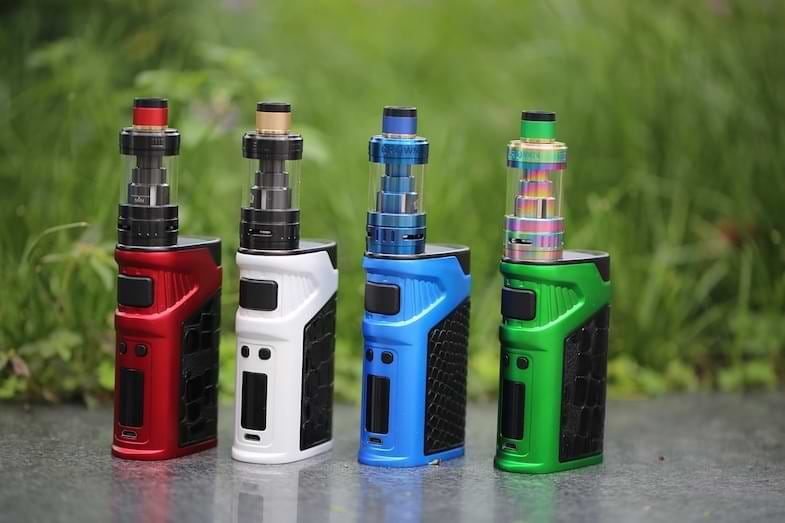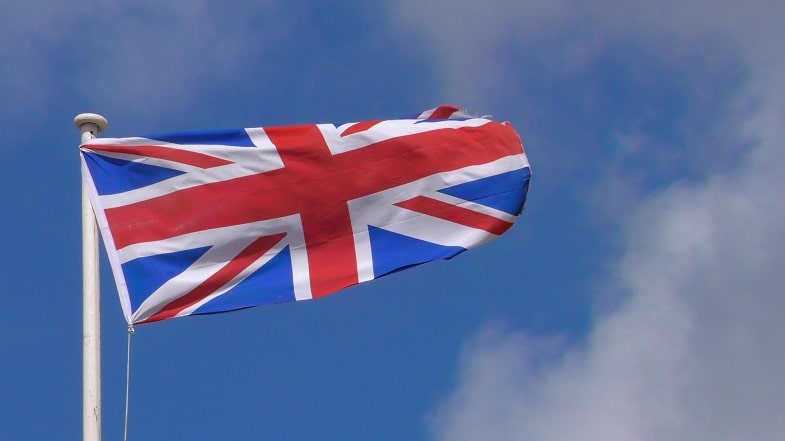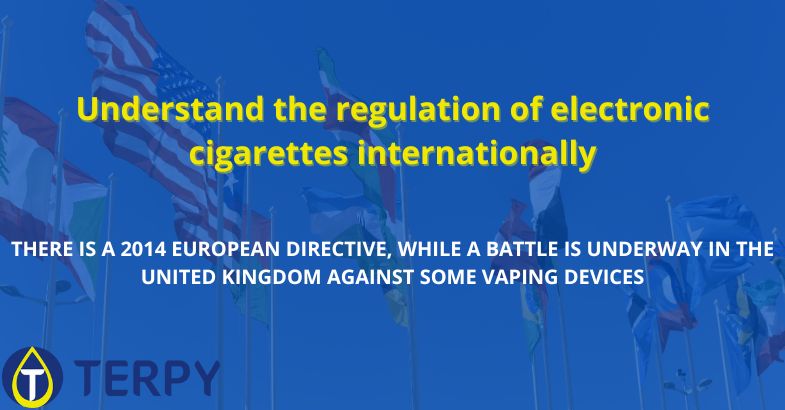Modified on: 24/05/2024
THERE IS A 2014 EUROPEAN DIRECTIVE, WHILE A BATTLE IS UNDERWAY IN THE UNITED KINGDOM AGAINST SOME VAPING DEVICES
Since electronic cigarettes appeared on the market a little more than ten years ago, countries immediately thought about how to standardize these devices that promised to help smokers abandon traditional cigarettes.
In the European Union, the sale of electronic cigarettes is regulated by a 2014 directive, while in other countries such as England and the United States things are slightly different.
Let’s find out more about international regulations.
Electronic cigarettes: what Directive 2014/40/EU says
With the legislation 2014/40/EU, which came into force in May 2014 and called TPD (Tobacco Product Directive), the European Union has regulated the sale of tobacco products and derivatives, including electronic cigarettes.
The aim of the TPD is to protect people’s health and to verify that products placed in EU countries meet precise quality standards. In addition, it aims to inform consumers in a comprehensive and correct way about what is involved in the consumption of tobacco products and the like.
As for electronic cigarettes, the norm regulates e-cigarette liquids that contain nicotine, while individual states can regulate nicotine-free liquids.
The requirements are different:


- Liquids should contain only high purity ingredients;
- Liquids may contain a maximum of 20 mg/ml of nicotine;
- The tanks can contain a maximum of 2 ml of liquid: the same applies to pre-loaded pods;
- Bottles of liquid may contain a maximum of 10 ml of product: in addition, they must be unbreakable and provide a child-proof safety system;
- Warnings should be provided on the presence of nicotine and on the health consequences on the label or leaflet;
- Nicotine liquids must be accompanied by notifications accompanied by ingredients, chemical analysis, emissions of substances;
- The placing on the market may take place 6 months after notification;
- The sale of these products is prohibited to minors.
For example, the Italian legislation has pointed out other aspects regarding the sale of products for the electronic cigarette: first of all, liquids, pods, pre- and disposable e-cig loaded must have the seal of the ADM. Physical sellers must have the regular license to sell inhalation liquids, while online merchants must be authorized as a tax warehouse. Products subject to excise duty may not be purchased outside Italy.
As we can see, liquids for the electronic cigarette containing nicotine are considered in the same way as the traditional cigarette.
This has given rise to a number of concerns, particularly in view of the apparent reduced danger of e-cig over the burning or heating of tobacco, which generates many more toxic substances, and in larger quantities, than vaping devices.
Already a few years ago, in view of the revision of the TPD that will re-evaluate the security profiles of the e-cig, during a meeting entitled The revision of the EU TPD, a European policy expert, Peter Beckett, argued that “vaping is not smoke and should not be regulated like smoking”.
The review of the TPD is expected soon: we will see what will be the news in a constantly evolving field.
Electronic cigarette in the United States: what the rules say (and the ban on sales of Juul)
In the United States, the regulation of electronic cigarettes provides for a strict procedure before sale to the public.
In fact, the e-cig and e-liquid manufacturer must submit an application, called *Premarket Tobacco Product Application*, accompanied by substantial documentation that proves safety for consumers. At this point, the FDA (Food and Drug Administration) evaluates the risks and possible benefits and especially analyzes the potential effects on consumption behaviour.
At the moment, 23 types of electronic cigarettes are authorized in the States.
Taxation, however, varies from state to state: in some federated states such as Arizona and Arkansas, the electronic cigarette is completely tax-free; in others, see California, taxation is quite heavy.
Recently, the FDA has imposed the withdrawal of disposable products from Juul Labs: despite the strong diffusion, the company has not submitted sufficient documentation to certify the cigarette pods and other devices on sale. On the contrary, the acts presented were called “inconsistent”. The company will soon have to submit more detailed documentation if it wants to regain its place in the American electronic cigarette market
E-cig in England: the regulation
As we have already seen in a dedicated article, England has chosen a very different approach to e-cigarettes than other countries. The United Kingdom has adopted the Framework Convention for Tobacco Control proposed by the WHO for some time and wants to achieve the goal of becoming smoke free by 2030.In this context, PHE (Public Health England) has included the electronic cigarette among the treatments to help smokers quitting smoking. Included in the wide-ranging health plan of the National Health System of the United Kingdom, the e-cig is recommended to smokers to be treated in mental health services as an alternative tool to the cigarette, with the end of dissuading the smoking habit.
Read also: Electronic cigarettes as nicotine substitutes to overcome addiction


Laws in different countries: other ways to regulate the electronic cigarette
The European Community, the United States and England are just a few examples of how e-cig and liquid sales can be regulated.
In some countries, the rules are very strict: for example, in countries like Venezuela, Argentina and Vietnam vaping is prohibited.
On the contrary, New Zealand follows the example of England and encourages vaping among smokers, to induce them to abandon the traditional cigarette. Sweden prohibits outdoor svaping, while in Austria the sale of liquids, even without nicotine, is strictly regulated.
In conclusion
Understanding the regulation of electronic cigarettes internationally means analyzing each country’s approach to the sale of vaping devices and related products (concentrated and liquid flavors).
While there are countries that encourage the use of electronic cigarettes as an alternative to traditional cigarette smoking, in others they are trying to put e-cig on the same footing as cigarettes and IQOS, a rather short-sighted view in the light of data that testify how the damage to humans is different (and much more distinct with products that involve the combustion of tobacco).
However, this is an ever-evolving issue: the changes are rapid and from one year to the next the regulation on electronic cigarettes can become rigid or loose, both in individual countries and at the level of the United Kingdom.










